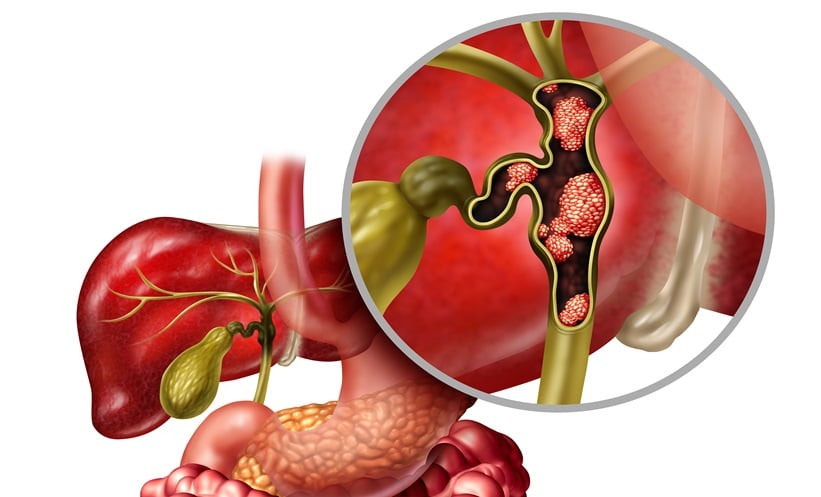EARLY DETECTION is the decisive factor in hepatocellular carcinoma (HCC), the world’s third leading cause of cancer death. While patients found at an early stage can access potentially curative options, ablation, surgical resection or liver transplantation, often with five-year survival exceeding 70%, around 60% are still diagnosed late and face palliative care with median survival below a year. People living with chronic liver disease, especially chronic hepatitis B (CHB), bear a substantial share of this risk despite effective nucleoside analogue therapy.
This retrospective longitudinal study tested whether combining clinical risk scoring with complementary blood biomarkers could sharpen early HCC risk stratification in Asian CHB patients. The established PAGE-B score (age, sex and platelet count) was integrated with three serological markers that reflect different tumour biology: alpha-fetoprotein (AFP), commonly elevated in EpCAM-positive cancer stem cells; PIVKA-II, which improves surveillance when paired with AFP; and Laminin-γ2 monomer (LG2m), recently linked to CD90-positive cancer stem cells, a population not captured by AFP.
Across follow-up, AFP and LG2m levels tended to fall after therapy initiation, yet remained significantly higher in patients who developed HCC within two years than in those who did not. PIVKA-II rose overall with therapy, but was likewise higher in incident cases. PAGE-B continued to distinguish future HCC from non-HCC despite treatment. Fusing PAGE-B with LG2m, AFP and PIVKA-II improved early detection performance, identifying 16.6% more stage 0 and 26.6% more stage A cancers than PAGE-B alone. Overall, the combined model flagged 92.9% of CHB patients who developed HCC within six years and 88.9% within two years, precisely the window when curative treatment is possible.
The findings suggest that a multi-marker, multi-pathway approach can account for the heterogeneous ways HCC emerges, potentially redirecting high-risk patients to definitive imaging (MRI/CT) and earlier intervention. Notably, baseline differences in AFP and LG2m indicate utility even before therapy, warranting evaluation in untreated cohorts and in other liver disease aetiologies such as HCV, MASLD and HDV.
Limitations include a single-ethnicity, single-aetiology cohort, constrained sample volumes and lack of diagnostic draws at HCC confirmation, leaving the biomarkers’ stand-alone diagnostic accuracy untested. Even so, these results make a strong case for prospective, multicentre validation of biomarker-enhanced PAGE-B to shift more CHB patients from late discovery to curative care.
Reference
Stec M et al. Combining serologic biomarkers with the PAGE B score improves risk stratification for hepatocellular carcinoma development among chronic hepatitis B patients. Sci Rep. 2025;15(1):31471.








